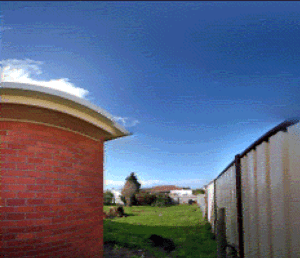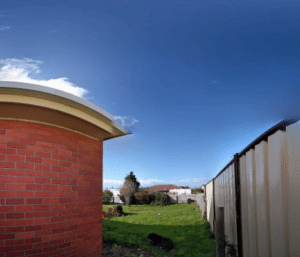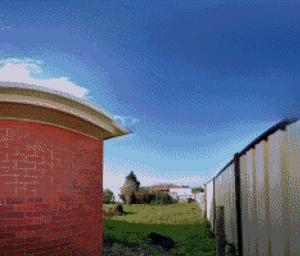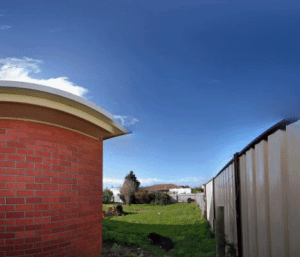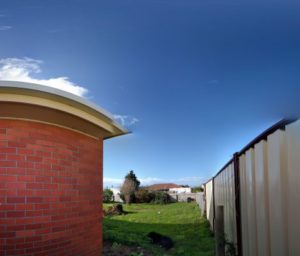The AGA Chipset…
The AGA Chipset.
The final revision to the Amigas custom chips came to be known as the AGA chipset. It was originally going to be called the AA chipset, but it was changed to AGA, which apparently stood for “Advanced Graphics Architecture”, which sounds about right, because while the graphic output had quite a number of changes, the audio system was untouched.
In the previous OCS and ECS chipsets, the colour palette was always formed using 4bits for each of the Red, Blue and Green elements, giving a total of 4096 colours (16*16*16=4096) to choose from, of which 32 could be shown onscreen at once without using the EHB or HAM6 video modes. HAM could show all possible colours, with restrictions, and EHB could display 64 colours, but both had heavy restrictions, and are covered in more detail on the pages for OCS and ECS.
In AGA, this was doubled to 8 bits for each RGB element, giving a total of a 16.8 million colour palette (256*256*256=16,777,216 colours) while retaining near total compatibility with older software. This increased the maximum onscreen colours without using tricks to 256 colours, and added a new HAM mode, HAM8, which can technically show virtually all of the over 16 million colours available in the palette, but due to the restriction in how HAM8 mode operates, using a base palette of 64 colours and then modifying the Red, Green or Blue of the pixel to the right, realistically you can’t use all the available colours in a useful way. However, it is still capable of showing some absolutely stunning pictures that are visually very close to a modern true colour picture.
The bus width for the Chip RAM access to and from the custom Chips was doubled, from 16-bit to 32-bit, to allow more to be completed on each bus cycle. The bus clock speed was also doubled. This meant that operations done by the custom chips were up to 4 times the speed when compared to the previous generations, which is a considerable improvement.
It also allowed output in higher resolutions for the higher colour modes, so you could have a 640×400 screen showing 256 colours, or even showing HAM8 and it’s 262,144 possible colours.
To show the differences, here are some examples, showing the same picture, on the left we have HAM6 (4096 colours) and EHB (64 colours), on the right we have HAM8 (262144 colours) and 256 colours. It must be noted that while they may all appear to be in the same resolution, the limitations in OCS and ECS mean that the horizontal resolution is half that of the AGA examples:
| OCS/ECS Chipset | AGA Chipset |
However, not everything was improved. Paula was the same, still working on a 16-bit bus, still locked to the display timings output by the Display processor, which was now Lisa, but still outputting 4 channels of 8-bit audio. Hence AGA is only an upgrade to the Amigas chipset in terms of the graphical output.
